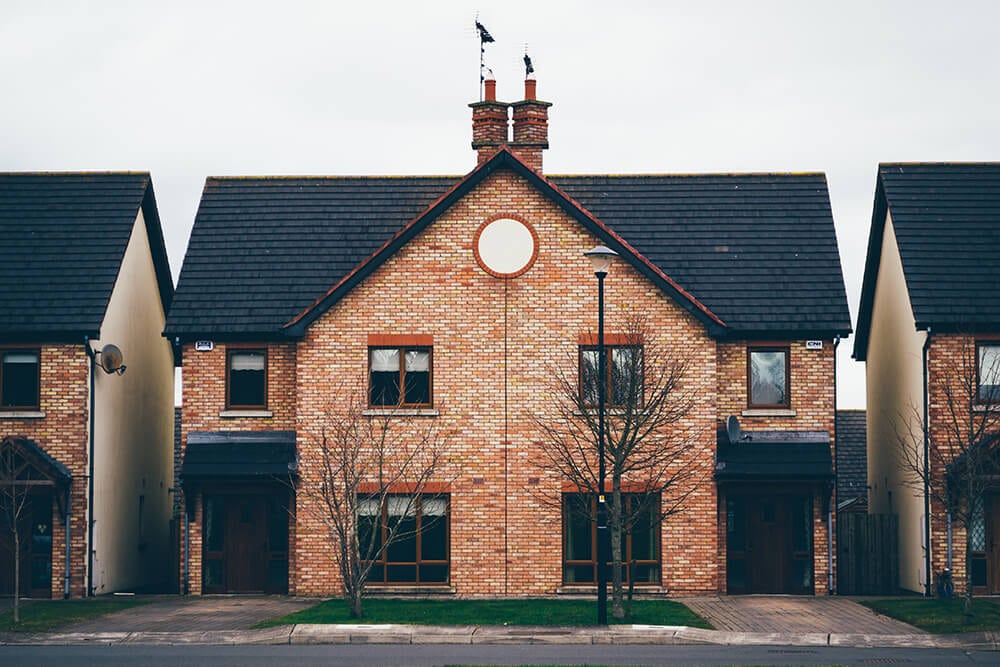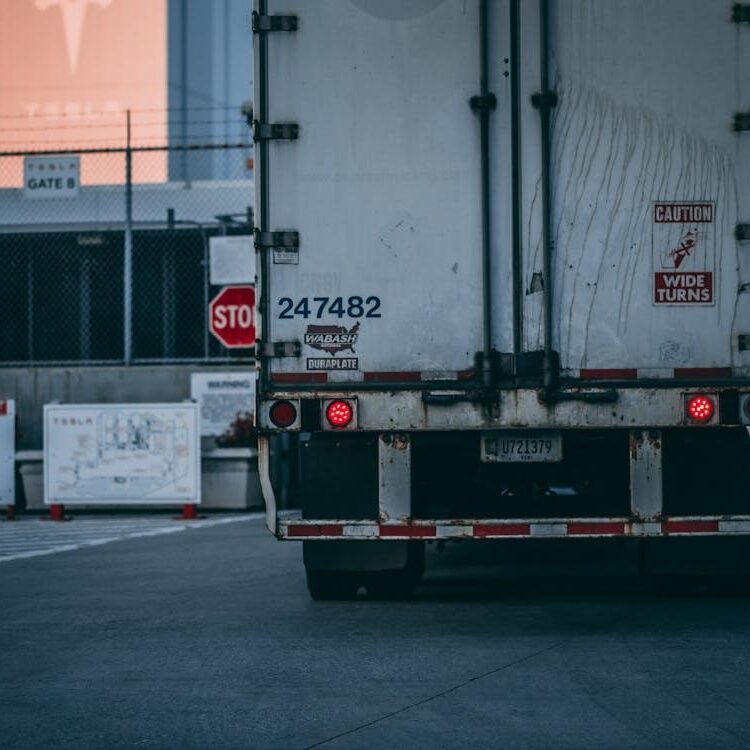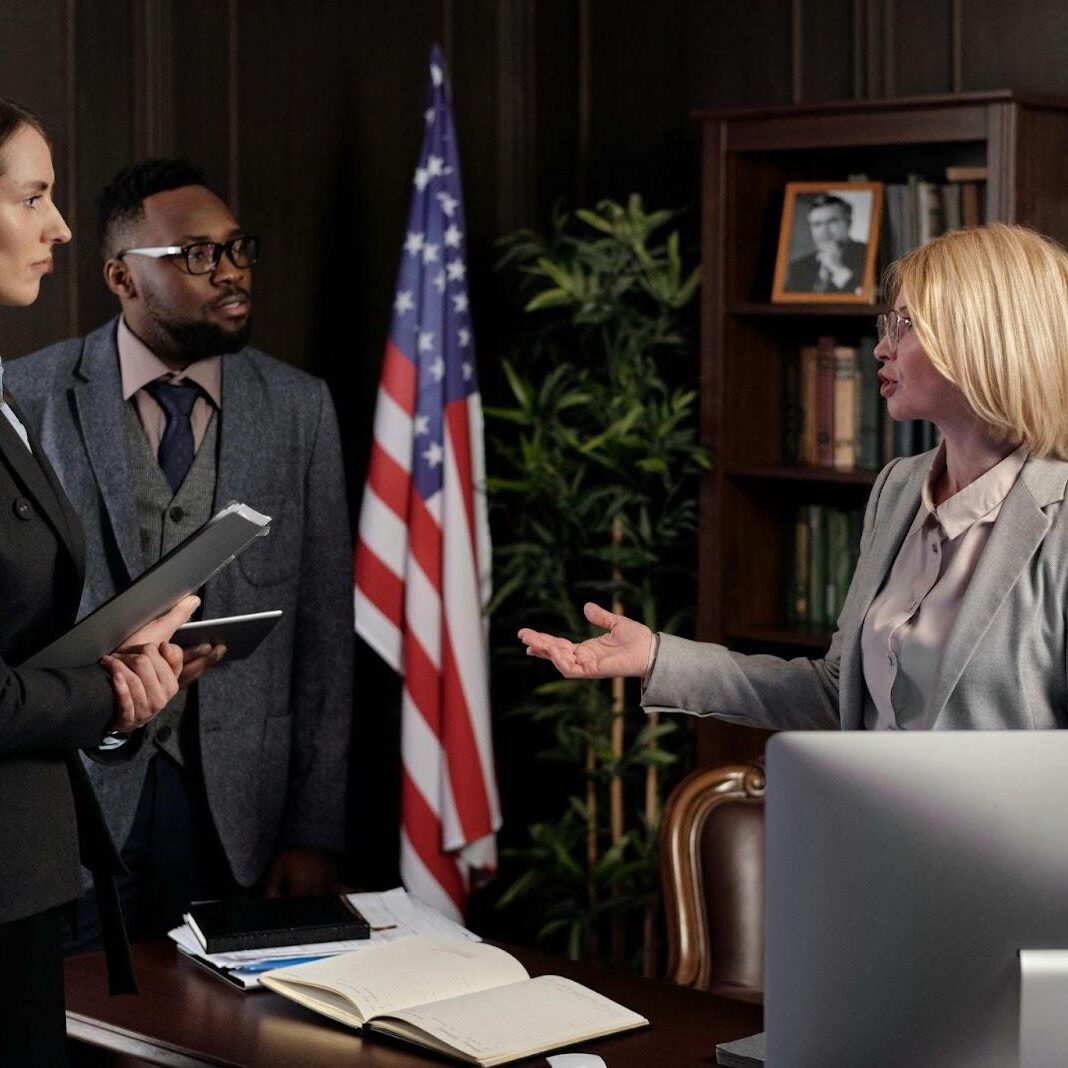October 24, 2019
Tips for Filing a Claim Against a Homeowner’s Insurance Policy After a Slip-and-Fall Accident

Many residential slip-and-fall accidents are the result of homeowners’ negligence. If a property isn’t adequately maintained, there’s a chance guests will slip, trip, or fall and injure themselves. Some of the most common residential accidents include:
- Stair Accidents. Factors like foreign substances on the stairs, missing or broken handrails, shallow or varying step heights, or broken wood can easily result in someone falling or slipping on a staircase. Whether the accident happens inside or outside, the injuries can be severe. Spinal cord injuries are possible, especially if the staircase is big.
- Defective Flooring. Rugs, carpets, and floors can also lead to a slip-and-fall accident. Slippery area rugs, frayed carpets, and improperly laid floor tiles are dangerous.
- Slipping on Ice or Snow. Homeowners are responsible for ensuring the condition of the outside of their home is just as safe as the inside. While this may not seem like a big deal, snow in the winter must keep off sidewalks and paths need to be clear and ice-free.
- Broken Sidewalks. Homeowners are supposed to keep their walkways in a reasonable state of repair. Determining liability if someone falls can be challenging because the municipality could be to blame.
Filing a Claim Against a Homeowner
Under a homeowner’s insurance contract, it’s the owner’s responsibility to report any accidents on their property to the insurance company as soon as possible. While requirements vary, in most cases the insurance company will want to know when, where, and how the accident happened, the contact information for the injured party, and a description of the injuries and any property damage.
If the homeowner is reluctant to make a report to the insurance company and refuses to give you any information about their policy, you have a right to take legal action and file a lawsuit against them. That’s the only way you’ll receive compensation for your injuries.
The Presence of Negligence
Falling and getting injured on someone’s property doesn’t necessarily mean you have grounds for a personal injury claim. The property owner’s negligence has to be the cause of your accident. This means that the condition that caused your injury had to have been unreasonably safe.
Proving negligence involves establishing that the owner created the condition and knew the condition existed and failed to fix it. It also involves showing the condition existed for such a length of time that they should have discovered it and fixed it prior to the accident.
Proving liability can be challenging, which is why it’s in your best interests to work with an experienced law firm like Bey & Associates.
Making a Claim
Personal injury claims against homeowners progress in a similar fashion to those against a negligent driver after an auto accident. Once the claim is processed, an adjuster is assigned to the case. They’ll get the homeowner’s side of the story and then the injured party’s.
If you speak directly with an adjuster, it’s best to do so while in the presence of a lawyer. They could ask you leading questions or use what you say against you. It’s never a good idea to agree to give a recorded statement. The adjuster will also want access to your medical records and bills relating to the accident. Once you’ve completed treatment, they’ll try to settle. The first offer is typically low, so be prepared to negotiate. Your attorney won’t settle until you receive full and fair compensation for your losses.
Homeowner Insurance Coverage Types
The compensation you receive will be based on the type of injury coverage under the homeowner’s policy. In general, there are two different types of coverage: med-pay and liability.
Med-pay coverage exists to handle medical bills and other injury-related expenses. With this type of coverage, you don’t have to prove that the homeowner was at fault for your injuries. The downside, however, is that the coverage limits are generally less than $5,000 and pain and suffering is not included. If you needed to go to the emergency room after the accident, your bills could easily rise above $5,000.
Liability coverage offers much higher coverage limits. This type of coverage is typically meant to protect homeowners from lawsuits filed by people who are not members of the household. The insurance company, however, will not offer a settlement unless there’s proof the homeowner is at fault for the injuries.
If you’ve been injured on someone else’s property, deciding what steps to take next can be overwhelming. It’s important to remember that you’re entitled to compensation in the event your accident was the direct result of negligence. Contact our office to learn more.
The above blog may be considered advertising material and should not be used as legal advice.



